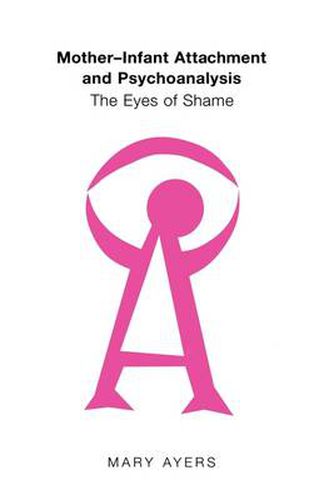Readings Newsletter
Become a Readings Member to make your shopping experience even easier.
Sign in or sign up for free!
You’re not far away from qualifying for FREE standard shipping within Australia
You’ve qualified for FREE standard shipping within Australia
The cart is loading…






The issue of shame has become a central topic for many writers and therapists in recent years. This text argues that shame can develop during the first six months of life through an unreflected look in the mother’s eyes, and that this shame is then internalized by the infant and reverberates through its later life. Mary Ayers further expands on this concept of the look through a powerful and extensive study of the concept of the evil eye , an enduring universal belief that eyes have the power to inflict injury. Finally, she presents ways of healing shame within a clinical setting and provides an analysis of the role of eye-contact in the therapeutic encounter. This book brings together a blend of theoretical interpretations of shame with clinical studies and integrates major concepts from psychoanalysis, Jungian analysis, developmental psychology and anthropology. The result is a broad understanding of shame and why it may underlie a wide range of clinical disorders.
$9.00 standard shipping within Australia
FREE standard shipping within Australia for orders over $100.00
Express & International shipping calculated at checkout
The issue of shame has become a central topic for many writers and therapists in recent years. This text argues that shame can develop during the first six months of life through an unreflected look in the mother’s eyes, and that this shame is then internalized by the infant and reverberates through its later life. Mary Ayers further expands on this concept of the look through a powerful and extensive study of the concept of the evil eye , an enduring universal belief that eyes have the power to inflict injury. Finally, she presents ways of healing shame within a clinical setting and provides an analysis of the role of eye-contact in the therapeutic encounter. This book brings together a blend of theoretical interpretations of shame with clinical studies and integrates major concepts from psychoanalysis, Jungian analysis, developmental psychology and anthropology. The result is a broad understanding of shame and why it may underlie a wide range of clinical disorders.